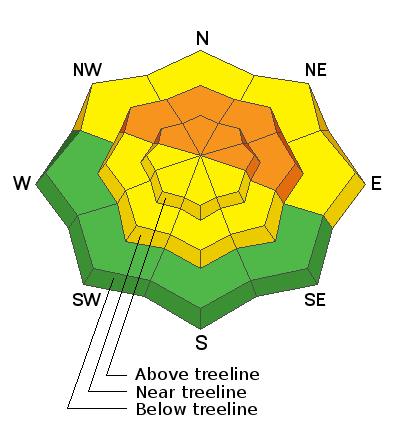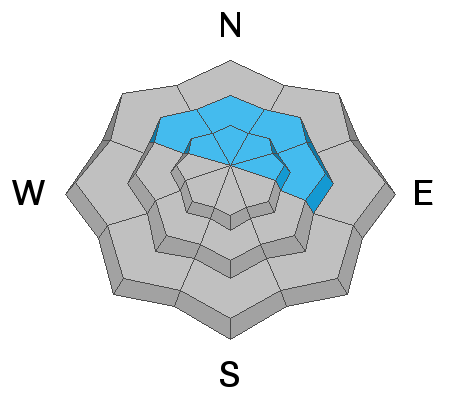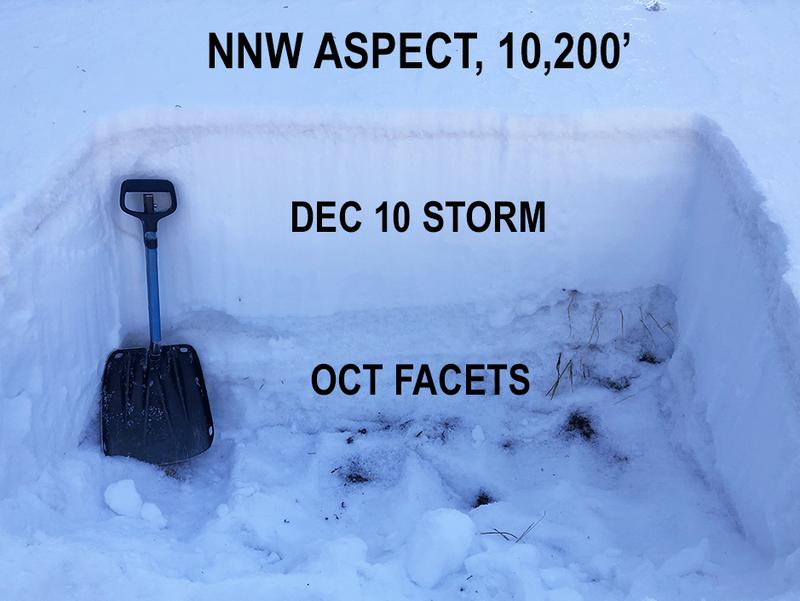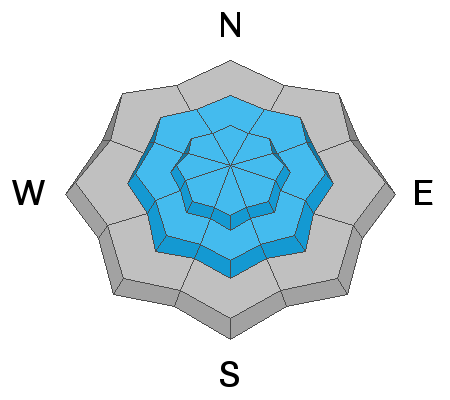Forecast for the Abajos Area Mountains

Issued by Eric Trenbeath on
Wednesday morning, December 29, 2021
Wednesday morning, December 29, 2021
The avalanche danger remains CONSIDERABLE on steep, mid and upper elevation, wind drifted slopes that face NW through E and human triggered avalanches are likely in these areas.
The avalanche danger is MODERATE on low elevation northerly aspects and on mid and upper elevation slopes facing the south side of the compass where you can detect recent deposits of wind drifted snow.
It's also still very low tide out there. Beware of rocks, stumps, and deadfall lurking beneath the surface.

Low
Moderate
Considerable
High
Extreme
Learn how to read the forecast here





